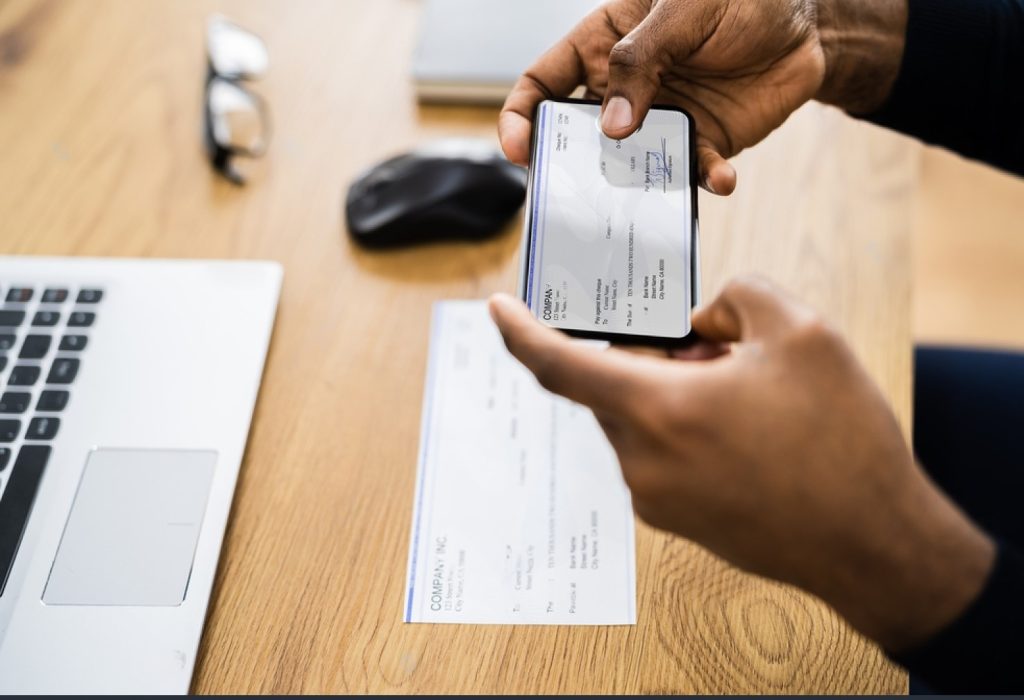Investing in a buy-to-let property can be a profitable venture in the long run. However, to get started, you will need to have a deposit saved up to secure your mortgage. But how much deposit do you need for a buy-to-let property? In this article, we will explore the different factors that determine the amount of deposit needed and the options available to you.
What is a buy-to-let mortgage?
Before delving into the deposit requirements for a buy-to-let property, it’s essential to understand what a buy-to-let mortgage is and how it works. A buy-to-let mortgage is a type of mortgage loan specifically designed for individuals looking to invest in a rental property. Unlike a residential mortgage, the rental income from the property is used to repay the mortgage, not the borrower’s salary. We offer clients deal-sourcing services here at Aventine Property.
How much deposit do I need for a buy-to-let property?
The deposit required for a buy-to-let property varies depending on several factors, including the lender’s requirements, the value of the property, and the borrower’s credit score.
Typically, lenders require a higher deposit for buy-to-let mortgages than for residential mortgages. The deposit required for a buy-to-let property is usually between 20-40% of the property’s value. For example, if you’re looking to purchase a property for £200,000, you will need a deposit of between £40,000 and £80,000.
The deposit required can also vary depending on the lender’s criteria. Some lenders may require a higher deposit if you’re a first-time buyer or if you don’t have a proven track record as a landlord. On the other hand, some lenders may offer lower deposit requirements if you have a good credit score and a history of successful property investments.
Additionally, the deposit required may be affected by the rental income generated by the property. If the rental income from the property covers the mortgage repayments, some lenders may be willing to offer a lower deposit requirement.
Benefits of a larger deposit
While a larger deposit requirement may seem daunting, it can actually be beneficial in the long run. A larger deposit can result in lower mortgage repayments and a better interest rate, which can save you money over the mortgage term. Furthermore, a larger deposit can make it easier to secure a mortgage, as lenders will see you as a lower-risk borrower.
Options for financing your buy-to-let deposit
If you don’t have enough savings to cover the deposit for a buy-to-let property, there are several options available to you.
-
- Use equity from an existing property
If you own a property that has increased in value, you can use the equity to finance the deposit for a buy-to-let property. Equity is the difference between the value of your property and the outstanding mortgage balance.
-
- Take out a personal loan
You could also consider taking out a personal loan to cover the deposit. However, it’s essential to weigh the benefits of taking out a loan against the potential risks. You’ll need to factor in the interest rate, monthly repayments, and the additional costs of taking out a loan.
-
- Partner with someone
Partnering with someone who has the financial resources to contribute to the deposit is another option. However, it’s essential to have a legal agreement in place that outlines the terms of the partnership, including how the profits and responsibilities will be shared.
-
- Government schemes
- The government also offers several schemes to help first-time buyers and property investors get on the property ladder. These schemes include the Help to Buy scheme and the Shared Ownership scheme. It’s worth researching these options to see if you’re eligible for any of them. For more information on how much deposit you need for buy to let property click here.

